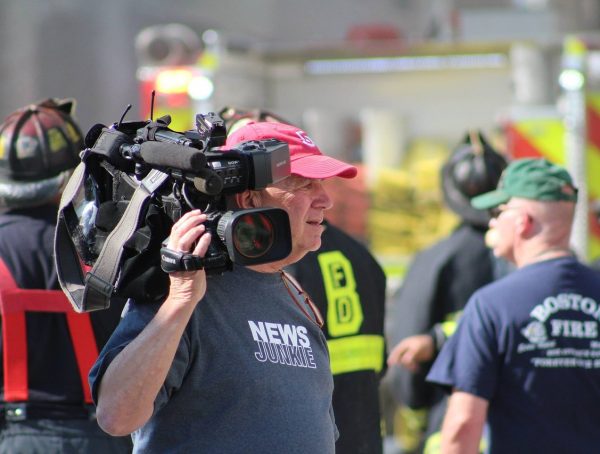Avery Hilliard has been on the job for about seven months at WTVA in Tupelo, Mississippi. The Memphis native is not too far from home and even closer to where she went to grad school at the University of Mississippi School of Journalism and New Media. Hilliard, like many entry-level journalists, got her start on one of the “tough” shifts — she’s a morning show MMJ.
“I wake up at 2 a.m. and get to the station at 3:30,” Hilliard said, but her workday actually starts on the previous day. “I try to get stories set up the day before, maybe even pre-write part of the script if there’s background that won’t change or something.”
She also makes sure her station vehicle is filled with gas the night before her shift since “you never know how far you’re going to have to drive.”
Once Hilliard gets to work, she’s got 90 minutes before she’s live at 5 a.m. Despite the pressure, safety is always on her mind. Here is her best advice for protecting herself when she’s out alone in the field.
- Stay in contact. “I tell the producers where I’m going and I also use my phone to share my location with them.”
- Check surroundings. “I try to get to the scene of my live shot early to scope things out and make sure I have permission to be where I need to be.”
- Bring protection. “I have a taser and I have pepper spray with me at all times.”
- Be ready to move. “I figure out how to be live in a safer location so I can still report my story if I have to.”
For all journalists, but especially for Hilliard and others working solo, considering safety has to be top of mind and taken seriously.








